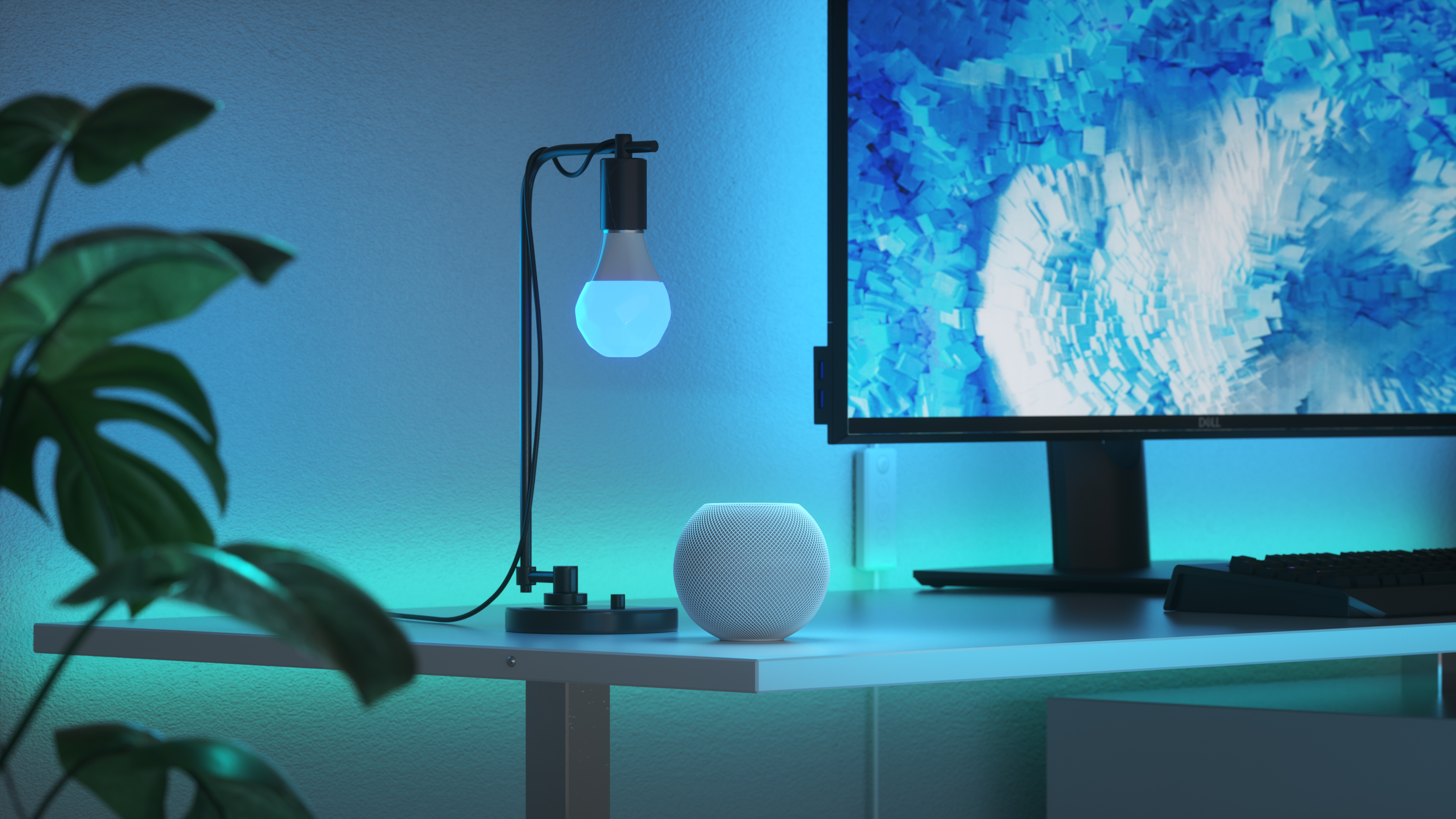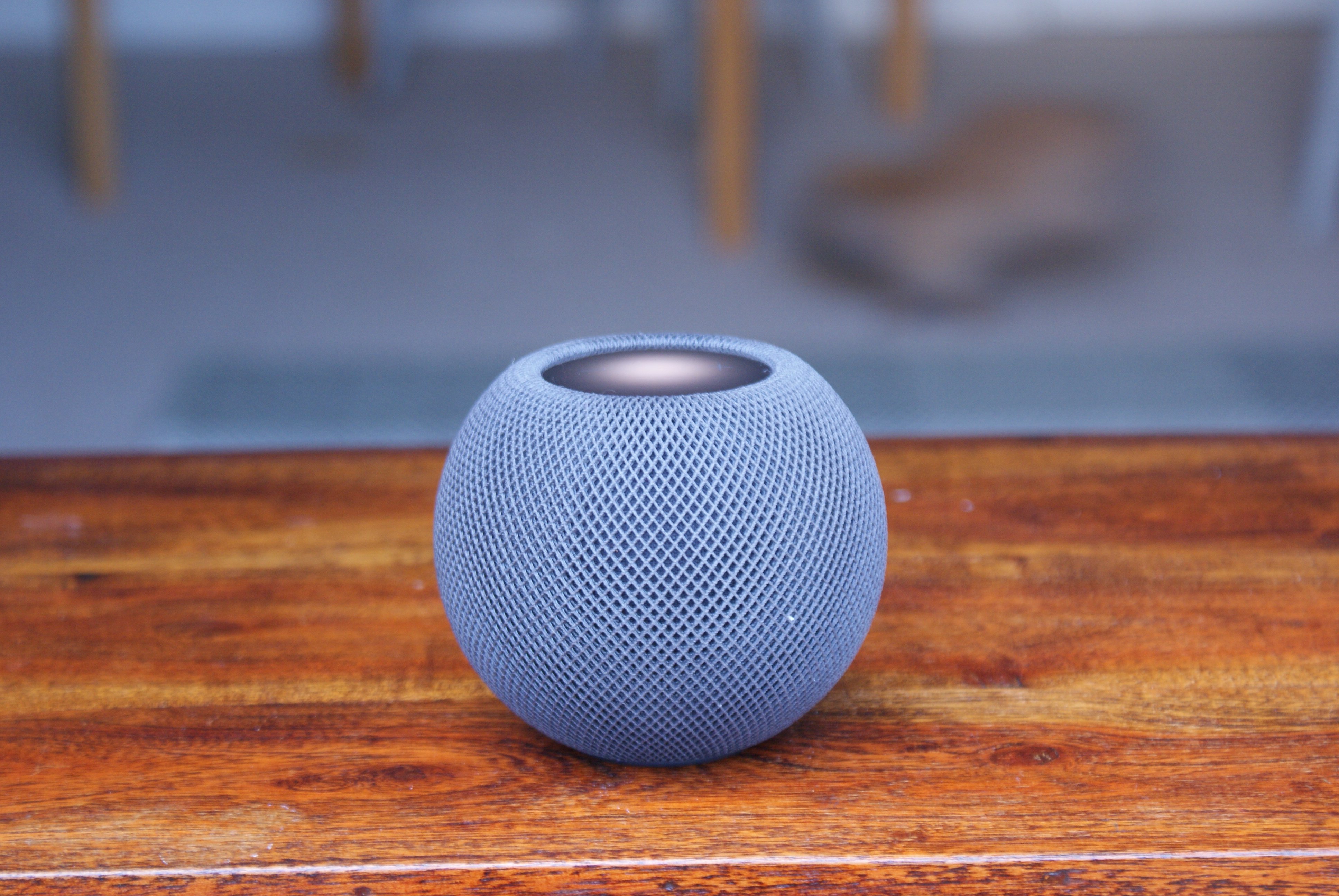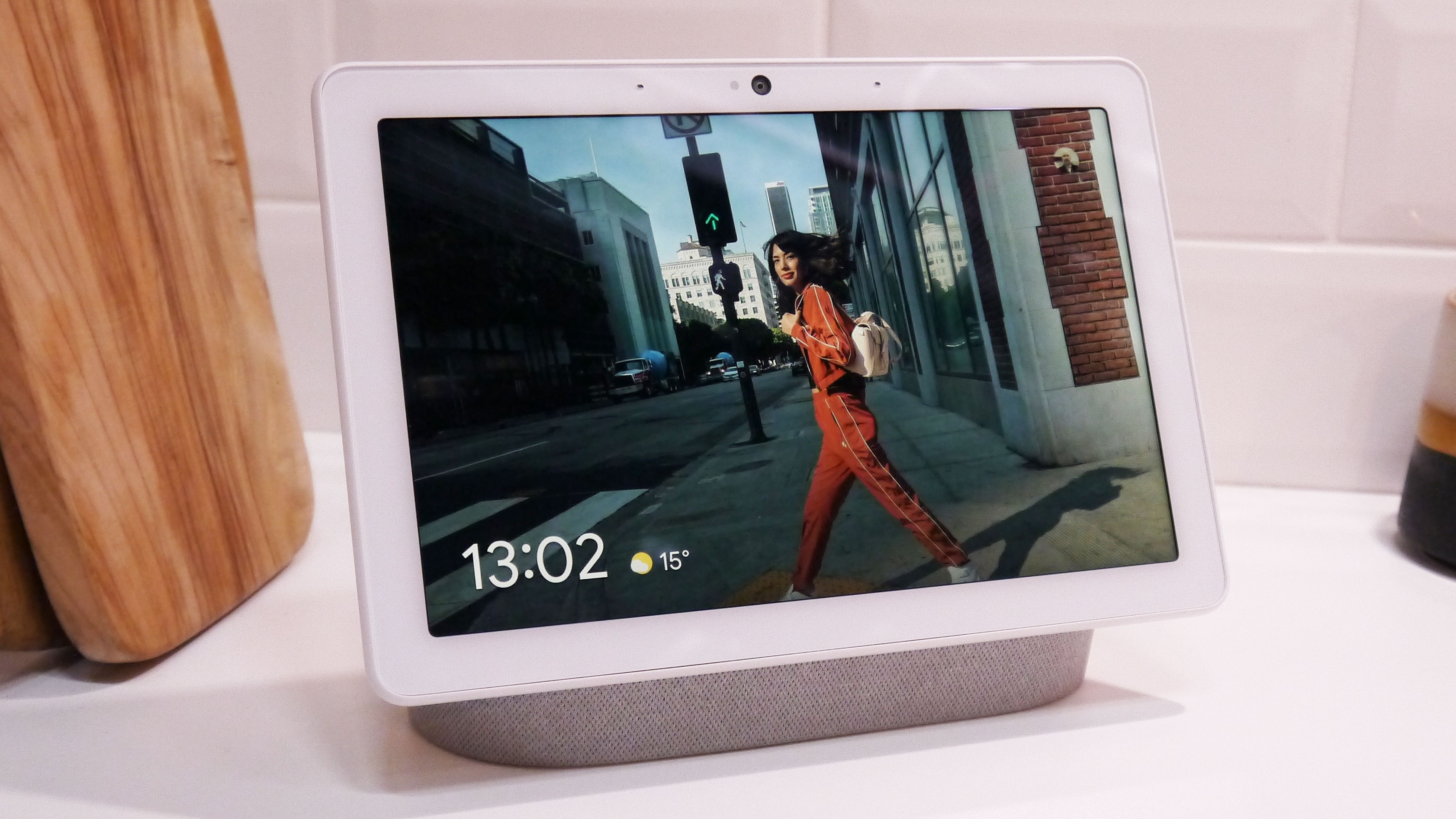What is Thread and why do your smart home gadgets need it?
Faster, stronger connections and less energy consumption, what’s not to love?

When Apple launched the HomePod Mini late last year, a lot was made of the fact the smart speaker supported Thread. Until the Apple launch, Thread was a little-known smart home technology that certainly wasn’t a phrase on everybody’s lips.
Now, it’s become a term that’s being heard more and more when it comes to smart home devices. But just what is Thread and why do smart home gadgets need it? Here’s everything you need to know.
- Eve Weather with Thread and Homekit support revealed in FCC filing
- Apple HomePod Mini review
- Best smart home devices
What is Thread?
Thread is a wireless standard for smart home devices that just like Zigbee and Z-wave, lets the smart home devices work together.
Unlike Zigbee and Z-wave, Thread devices create a mesh network with each gadget acting as an access point or node and communicating with each other rather than only communicating with the main access point. The more Thread-enabled devices you install in your home, the bigger and stronger the mesh network gets. This also means there’s no need for a third-party hub or service, whether that’s Alexa, IFTTT or Siri, to allow different devices to work together.
How is Thread different is existing protocols?
Thread is different to existing protocols in several ways.
- If a Thread smart home device drops the connection, other Thread-enabled devices provide a connection so it can still be controlled.
- It’s low-latency which means it’s faster at responding to your commands. No more delay between tapping the app and having your smart bulbs illuminate, or asking your voice assistant to turn a smart plug on or off.
- It’s low power, so if your smart home devices are battery operated they will last much longer between charges or needing the battery replaced

Who created Thread?
Not-for-profit organization the Thread Group developed the technology. The group is made up of engineers and developers from big names in smart home including Apple, Amazon and Google as well LG and Samsung.
What do I need to use Thread?
You’ll need a smart home device that doubles as a Thread Border router so the different devices can talk to each other. The HomePod Mini is the first smart home device that offers this functionality. However, more are expected to become available throughout 2021. Thread-supported devices can be paired with the border router in seconds.
Get daily insight, inspiration and deals in your inbox
Sign up for breaking news, reviews, opinion, top tech deals, and more.
What devices support Thread?
There are currently only a handful of devices that support Thread but the list is growing. These include:
- Apple HomePod Mini
- Eve Energy smart plug
- Eve Window and Door sensors
- Google Nest Wifi
- Google Nest Hub Max
- Nanoleaf Essential A19 smart bulb
- Nanoleaf Essentials smart lightstrip

Both Nanoleaf and Eve have committed to launching more Thread-enabled devices in 2021.
How do I know if a smart home device supports Thread?
Products that support the technology will feature a ‘Built on Thread’ or ‘Thread Certified Component’ badge. These badges indicate the products have been rigorously tested.
How many Thread devices can I connect at once?
The Thread Group says more than 250 devices can be connected together using the technology.
Is Thread secure?
Thread uses AES encryption (the same protocol used by Zigbee and Z-Wave) combined with banking-standard cryptology. This means each device creates a secure connection with the others, which the Thread Group says is harder to hack.
Carrie-Ann Skinner was formerly Homes Editor at TechRadar, and has more than two decades of experience in both online and print journalism, with 13 years of that spent covering all-things tech. Carrie specializes in smart home devices such as smart plugs and smart lights, as well as large and small appliances including vacuum cleaners, air fryers, stand mixers, and coffee machines. Carrie is now a copy editor at PWC.
